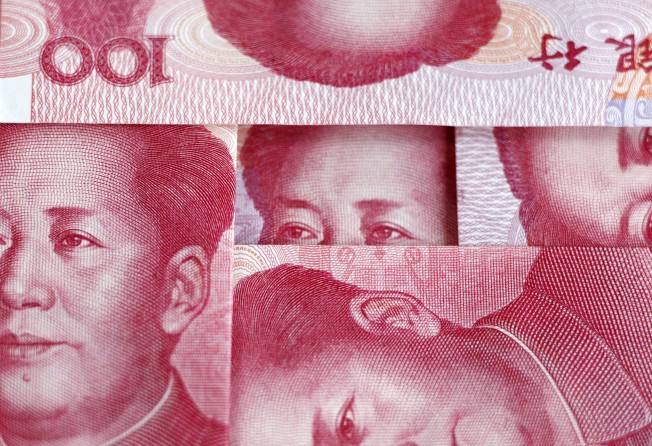Beijing widening of yuan trading band aimed at IMF, pushes for market reforms

China’s decision to widen the yuan’s trading band marked Beijing’s latest efforts to push ahead with market reforms to increase its chance of being included in the IMF’s currency basket later this year despite the backdrop of a weakening economy.
The wider band is believed linked to the IMF’s review on the Special Drawing Right basket later this year as China considers it a priority to be added in a reserve currency basket that currently only includes the US dollar, euro, yen and the sterling in tacit recognition of its status as the world’s second largest economy.
“Undoubtedly, the Chinese authorities’ have raised their commitment to get the RMB included in the IMF SDR basket this year. Given this, we believe that the RMB will trade in a more market determined manner than in the first half of the year,” said Christy Tan, Head of Markets Strategy and Research at National Australia Bank.
The yuan can 2 per cent above or below a daily central bank reference rate and if the band is widened, it could match the volatility range of the SDR member currencies. Between 2011 and 2015, the British pound’s volatility could reach 2.5 percent while the yen’s volatility stood at 4 per cent and the euro stands at around 4.5 per cent.
To be able to into the SDR basket, the key prerequisite for the currency is to be “freely used”, according to the IMF. Other than general description, the Fund has not provided a quantifiable metric on how to measure whether a currency is “free” enough.
Beijing has announced various measures to meet the vague standards in the IMF review, including relaxing quotes and simplifying the approval process to allow more sovereign and pension funds to invest in the nation’ interbank market, changing the accounting standards on reporting reserves and disclosing its official gold reserve holdings for the first time since April 2009.
It is not clear though how a trading band widening would boost the currency’s free usage or convertibility and some believe the State Council’s statement, without providing a specific time frame, is more symbolic than carrying a significant meaning.
One argument could be that the yuan’s volatility had barely touched the 2 per cent range above or below its daily fix set by the People’s Bank of China, the country’s central bank. The key question, it seems, is not whether the band is wide enough, but whether there are enough people willing to trade the currency at all.
“The renminbi is not currently trading against the edge of the band. Other things being equal, widening it would therefore not make any difference to the spot exchange rate,” said Capital Economist.
“China may be on the cusp of again widening the renminbi’s trading band with the dollar. The lesson of previous similar moves is that they have next to no impact on the medium-term path of the currency,” it said.
Some argue the central bank could widen the trading band very soon. The central bank widened the USD/CNY trading band to 2 per cent from 1 per cent on March 15, 2014, 10 days after a similar statement about the two-way trading range was made in a government work report.
Yet some believe it may not come as soon as some are expecting.
The cabinet’s statement, which came on the same day as fresh data showing the nation’s manufacturing PMI sank to a 15-month low, is also raising some offshore yuan investors’ eyebrows on concern that Beijing could resort to a weaker currency to revive its economy. Exporters are suffering as a result of the yuan’s strength as the currency has gained 13 per cent in trade-weighted terms since mid-2014.